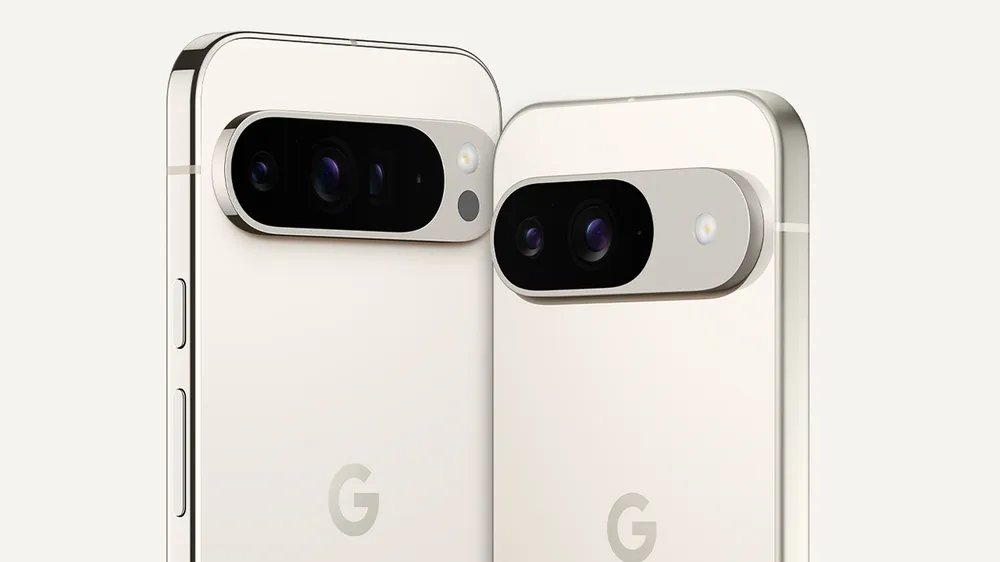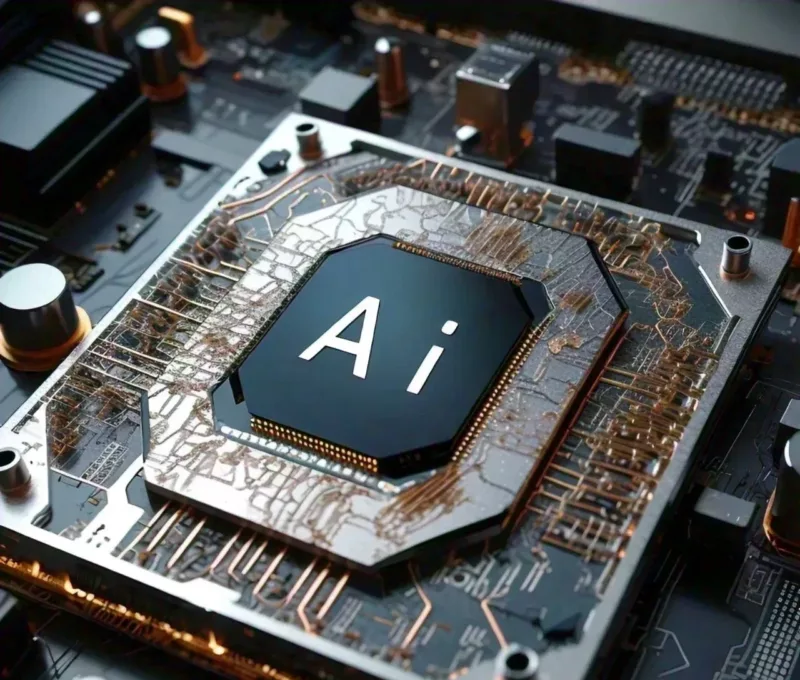This year’s smartphones are really stretching the performance envelope-and it’s all because of artificial intelligence. While the AI features that hog all the headlines are things like virtual assistants and content creation, there’s another extremely important hardware upgrade happening under the radar: more RAM. If you have been wondering why your Apple iPhone 16 or Google Pixel 9 has more memory than ever, well, here is the reason-its AI needs it.
But with their need for more advanced features, Apple and Google are in a haste to upgrade their devices with more memory in this artificial intelligence capability race. But is this all for AI, or will extra RAM in your phone serve another purpose?
Let’s break down why AI is driving this memory boost, and what it means for your smartphone experience.
Apple Intelligence and the iPhone 16: The RAM Bump Explained

During the latest event from Apple, the tech giant unveiled the iPhone 16 lineup with new features leveraging Apple Intelligence, its on-device AI. The AI upgrades let users rewrite emails, create emoji, and now offer an improved Siri. But arguably the most significant hardware change that comes with these features is an uptick in RAM.
While Apple is famously mum on hardware details, MacRumors reports that all the different versions of the iPhone 16 have been upgraded to 8GB of RAM from last year’s base models, which sport 6GB. That sounds like a minor step up, but it’s integral to handling Apple’s increasingly intensive AI capabilities.
AI models, specifically those on-device, like Apple Intelligence, require high amounts of available memory. Keeping these loaded models within the RAM means response times will be quicker the next time you use features involving AI, whether summarizing the latest email or creating a custom Memoji. If the phone lacks ample amounts of RAM, then it would have to load these huge AI models from the storage, and that would dramatically slow down the process.
Google Pixel 9-following the same trend

It’s not alone in its memory upgrades. Google similarly increased RAM in its latest Pixel 9 lineup to handle its AI-heavy features. More specifically, the standard and Pro models of the Pixel 9 have seen an increase in RAM capacity to 12GB from 8GB. That was required to make room for Google’s growing stable of AI tools, including Gemini Nano-a tiny but mighty AI model designed to be run on the device itself.
Last year’s standard Pixel 8 struggled to run these local AI models due to “hardware limitations.” Translation? It didn’t have enough RAM. As The Verge reported, Google had to limit AI functionality to the Pixel 8 Pro, which packed 4GB more RAM than the base model. In putting more memory in the Pixel 9, Google ensures that users won’t have to make a compromise between performance and AI-powered features.
Interested in such upgrades? Just see in the latest Google Pixel 9 how AI is rewriting smartphone performance.
Why AI Needs So Much RAM
One big question begs to be asked here: why does AI need so much RAM in the first place? The answer actually has to do with how AI models function. Unlike normal applications, which can be loaded on demand, it is imperative that AI models quickly reside within ready memory for real-time responses. If you ask Siri, for example, to summarize an email or come up with a suggestion, it has to access the model in a split second. Which means that if the model isn’t loaded into memory, it could be seconds longer-an eternity in today’s fastpaced tech world.
Even the smaller AI models have enormous size. Take, for example, Microsoft’s Phi-3-mini model, which needs as much as 1.8GB of memory. Accessing that much data and keeping the phone smoothly running is no trivial feat, which is why both Apple and Google are boosting RAM across devices.
But this is not an anomaly confined to smartphones: Microsoft has gone on the record to state that Copilot Plus PCs – essentially laptops that can run the AI features in Windows – require a minimum of 16GB of RAM. Expect Apple to follow suit with the next generation of MacBook laptops, which could bump from its current default of 8GB of memory.
To read more about the developments check out: Microsoft AI Tools and Apple MacBook AI Features.
More RAM, More Performance?
With all this extra RAM going towards AI, one might ask if your overall phone performance will improve, too. And the answer is-yes, but. According to Google group product manager Stephanie Scott, the additional memory in the Pixel 9 will translate to better performance and improved AI experiences. But she added that as these AI models are going to get larger, they would automatically consume much more memory, leaving less for everything else.
It’s similar with Apple. This bump to 8GB of RAM in the iPhone 16 will let users enjoy better AI capabilities without sacrificing other phone functions. But as Apple Intelligence gets more sophisticated, pressures on memory are likely to increase, begging a question over whether future devices need even more significant quantities of RAM if they are to stay ahead.
The current memory bump, therefore, seems to be sufficient to support the latest salvo of AI features, but future developments are likely to be even more voracious in their resource requirements. The one thing certain is that AI will certainly revolutionize the look of the smartphone, and RAM is right at the forefront of it.
The Future of AI-Driven Devices
With AI being on the road to becoming a requisite for all gadgets, most devices in the future are very well expected to see various upgrades in terms of memory so that these might keep pace with that momentum. Whether it be your smartphone, your laptop, or even your smartwatch, this ever-increasing demand for real-time AI responses forces hardware manufacturers to revise their specs.
Want to stay ahead of the curve? Keep watching for developments out of Google, Apple, and Microsoft as they continue their rollout of AI-driven features that demand more and more from our devices. And with AI’s proliferation across the tech world, it’s like we can count on more hardware bumps as a way to help keep those features running smoothly.
For consumers, that translates into faster, smarter devices—but also with the need for more memory. The next time you upgrade your smartphone, remember, there’s actually a good reason behind it coming with all that extra RAM.
The memory upgrades across the latest flagships from Apple and Google are proof enough that AI is changing the way we use our devices. As these AI models continue to get more advanced, their demand for RAM will scale up in order to shape the future of tech.
Stay updated: Artificial Intelligence – Mobile


